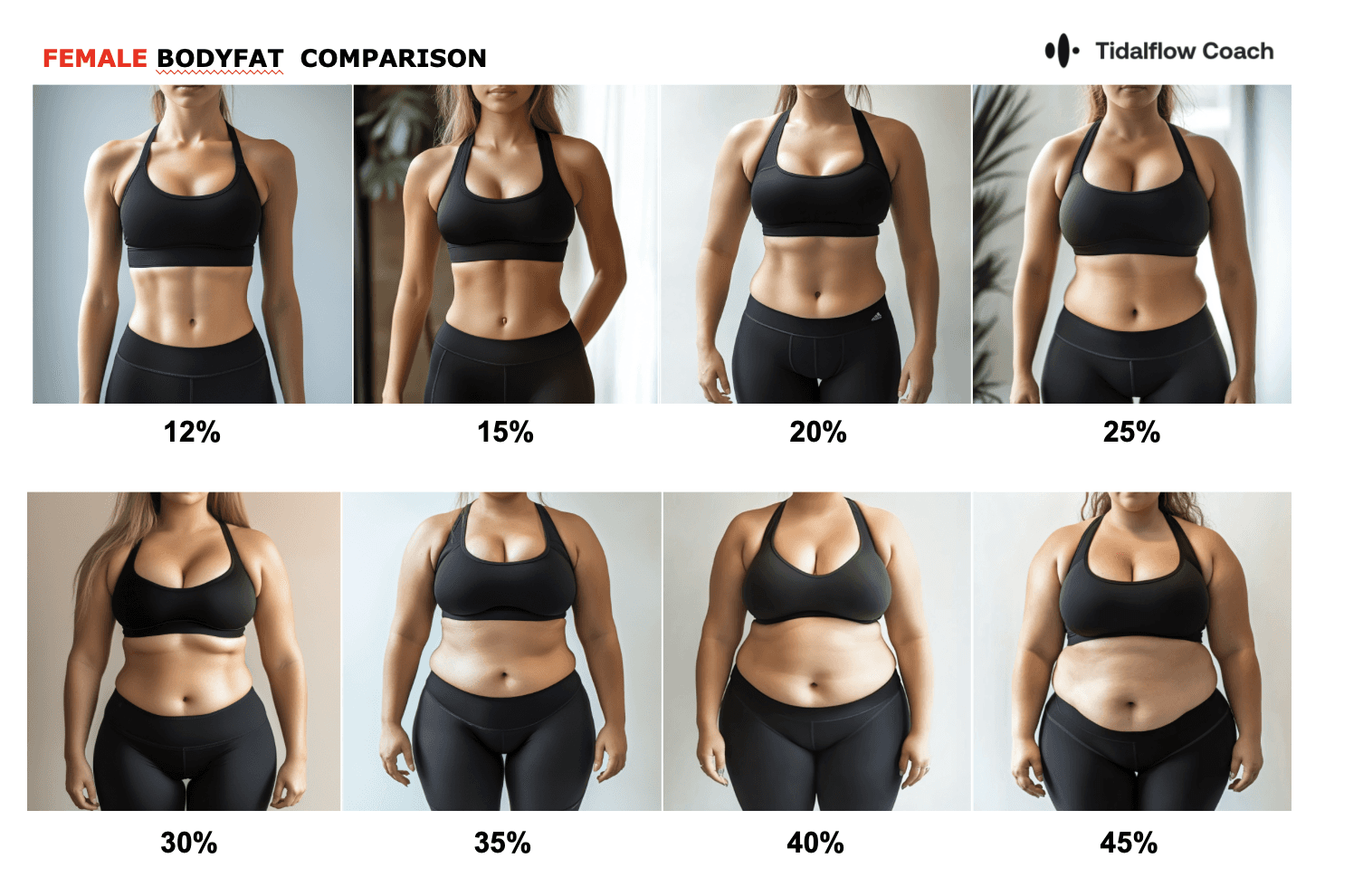Seated Cable Row Alternatives: Maximizing Your Back Workouts
Sep 25, 2024
Are you looking to shake up your back workout routine or don't have access to a cable machine? You're in luck! This comprehensive guide will explore the best seated cable row alternatives, helping you build a stronger, more defined back without relying on a single exercise. Whether you're working out at home or seeking variety in your gym routine, we've got you covered.
Understanding the Seated Cable Row
Before diving into alternatives, let's briefly review what makes the seated cable row so effective:
It targets multiple back muscles, including the latissimus dorsi, rhomboids, and trapezius.
The seated position provides stability and reduces lower back strain.
Cable resistance offers constant tension throughout the movement.
Now, let's explore why you might need alternatives and how to choose the best ones for your fitness goals.
Why Seek Alternatives to Seated Cable Rows?
While seated cable rows are an excellent exercise, there are several reasons to incorporate alternatives:
Equipment limitations: Not everyone has access to a cable machine.
Muscle confusion: Varying exercises can prevent plateaus and promote overall muscle development.
Targeting specific muscles: Different exercises may emphasize certain back muscles more effectively.
Improving functional strength: Some alternatives better mimic real-world movements.
Top Seated Cable Row Alternatives
Let's dive into some of the best alternatives that can replace or complement seated cable rows in your workout routine:
Dumbbell rows are an excellent alternative that allows for unilateral training, helping to address muscle imbalances.
How to perform:
Place one knee and hand on a bench, with the other foot on the ground.
Hold a dumbbell in your free hand, arm fully extended.
Pull the dumbbell up towards your hip, keeping your elbow close to your body.
Lower the weight back down with control.
Sets and reps: 3-4 sets of 8-12 reps per arm
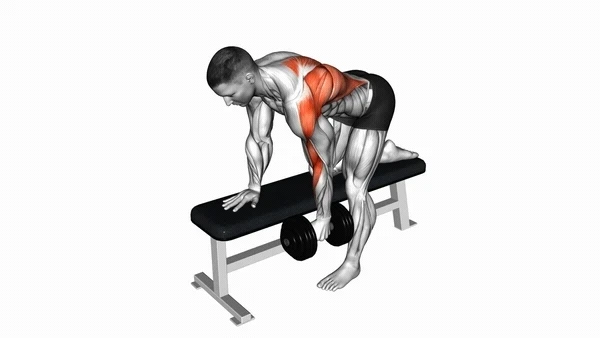
Inverted rows are a bodyweight exercise that can be easily scaled to your fitness level.
How to perform:
Set a barbell in a rack at about waist height.
Lie underneath the bar, grasping it with an overhand grip.
Keep your body straight and pull your chest up to the bar.
Lower yourself back down with control.
Sets and reps: 3-4 sets of 8-15 reps
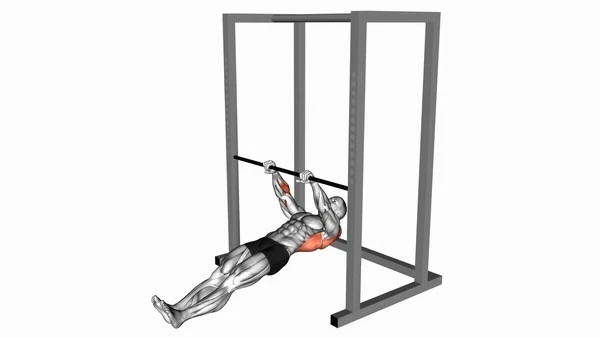
This classic exercise targets similar muscles to the seated cable row while also engaging your core and lower back.
How to perform:
Stand with feet shoulder-width apart, holding a barbell with an overhand grip.
Bend at the hips and knees, lowering your torso until it's almost parallel to the floor.
Pull the barbell up to your lower chest, keeping your elbows close to your body.
Lower the barbell back down with control.
Sets and reps: 3-4 sets of 6-10 reps

Resistance bands offer a portable alternative that can mimic the constant tension of cable machines.
How to perform:
Secure a resistance band to a sturdy object at chest height.
Sit on the floor with legs extended, grasping the band handles.
Pull the handles towards your lower chest, squeezing your shoulder blades together.
Slowly return to the starting position.
Sets and reps: 3-4 sets of 12-15 reps
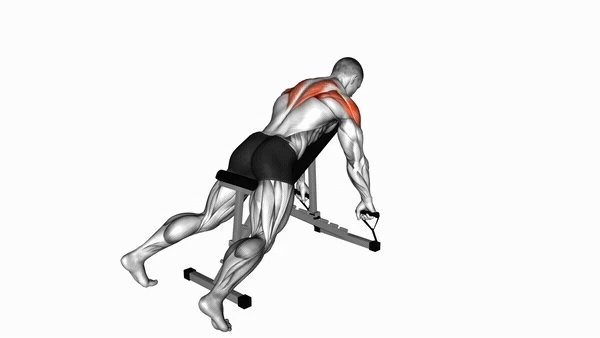
TRX rows offer a great bodyweight alternative that allows you to easily adjust the difficulty.
How to perform:
Adjust the TRX straps to about waist height.
Grasp the handles and lean back with arms extended.
Pull your body up towards the handles, keeping your core engaged.
Lower yourself back down with control.
Sets and reps: 3-4 sets of 10-15 reps
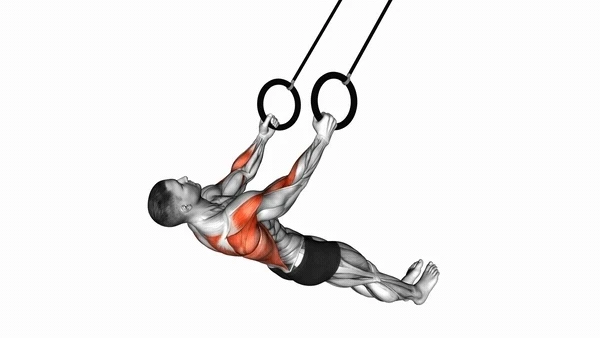
This unique exercise targets your lats and upper back while also engaging your core.
How to perform:
Set up a barbell in a landmine attachment or corner.
Stand perpendicular to the bar, grasping the end with one hand.
Pull the bar up towards your hip, keeping your elbow close to your body.
Lower the bar back down with control.
Sets and reps: 3-4 sets of 8-12 reps per arm
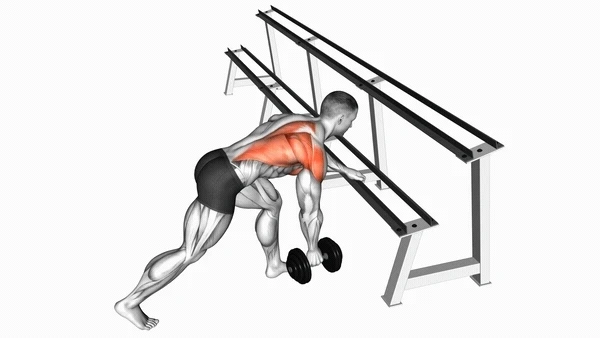
This variation reduces lower back strain while still effectively targeting your back muscles.
How to perform:
Set an incline bench to about 30-45 degrees.
Lie face down on the bench with a dumbbell in each hand.
Pull the dumbbells up towards your hips, keeping your elbows close to your body.
Lower the weights back down with control.
Sets and reps: 3-4 sets of 8-12 reps
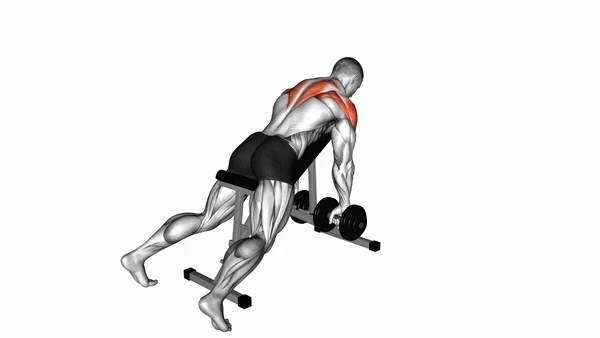
Face Pulls
While not a direct replacement, face pulls are an excellent complementary exercise that targets the rear deltoids and upper back.
How to perform:
Set a cable pulley to slightly above head height.
Grasp the rope attachment with both hands, palms facing each other.
Pull the rope towards your face, separating your hands as you do so.
Slowly return to the starting position.
Sets and reps: 3-4 sets of 12-15 reps
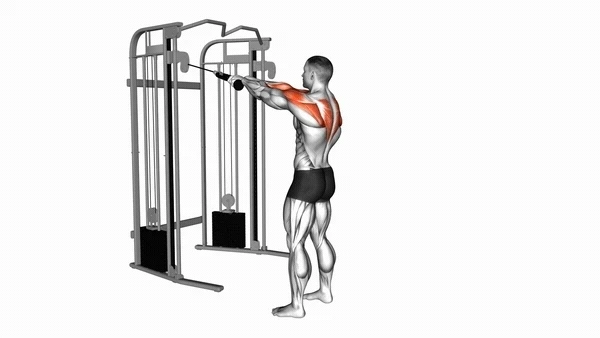
Kettlebell rows offer a unique challenge due to the offset weight distribution.
How to perform:
Stand with feet shoulder-width apart, a kettlebell between your feet.
Hinge at the hips and grasp the kettlebell with one hand.
Pull the kettlebell up towards your hip, keeping your elbow close to your body.
Lower the weight back down with control.
Sets and reps: 3-4 sets of 8-12 reps per arm

Addressing Common Questions
Now, let's address some common questions related to seated cable row alternatives:
Is seated cable row necessary?
While the seated cable row is an effective exercise, it's not strictly necessary for building a strong back. Many of the alternatives listed above can provide similar benefits. The key is to include a variety of rowing movements in your workout routine to ensure well-rounded back development.
How to do seated cable rows at home?
If you don't have access to a cable machine at home, you can replicate the movement using resistance bands or a suspension trainer like TRX. Alternatively, exercises like dumbbell rows or inverted rows can be performed with minimal equipment.
How to do a seated row with dumbbells?
To perform a seated row with dumbbells:
Sit on the edge of a bench with a dumbbell in each hand.
Bend forward slightly at the hips, keeping your back straight.
Let the dumbbells hang down towards the floor, arms fully extended.
Pull the dumbbells up towards your lower chest, keeping your elbows close to your body.
Slowly lower the weights back to the starting position.
This exercise can be an effective alternative to seated cable rows when performed with proper form.
Creating a Well-Rounded Back Workout
To maximize your back development, it's important to incorporate a variety of exercises that target different areas of the back. Here's a sample back workout using some of the alternatives we've discussed:
Bent-Over Barbell Rows: 3 sets of 8-10 reps
Chest-Supported Dumbbell Rows: 3 sets of 10-12 reps
Lat Pulldowns: 3 sets of 10-12 reps
Face Pulls: 3 sets of 12-15 reps
Inverted Rows: 3 sets to failure
Remember to warm up properly before your workout and cool down afterwards. It's also crucial to maintain proper form throughout each exercise to maximize benefits and minimize the risk of injury.
The Importance of Progression
Regardless of which exercises you choose, the key to continued progress is progressive overload. This means gradually increasing the challenge over time, whether by adding weight, increasing reps, or improving form. Keep track of your workouts and aim to improve in some way each session.
Nutrition for Back Development
Exercise is only part of the equation when it comes to building a strong, well-defined back. Proper nutrition is crucial for muscle growth and recovery. Ensure you're consuming enough protein (about 1.6-2.2 grams per kilogram of body weight) and calories to support your training goals. For personalized nutrition advice, consider consulting with a registered dietitian or using Tidalflow's AI-powered nutrition guidance.
Recovery and Rest
Don't forget the importance of recovery in your back-building journey. Adequate sleep, proper hydration, and rest days between workouts are all crucial for muscle growth and preventing burnout. Listen to your body and adjust your training intensity as needed.
Conclusion: Embracing Variety in Your Back Workouts
While the seated cable row is an excellent exercise, incorporating a variety of alternatives can lead to better overall back development and a more engaging workout routine. By mixing up your exercises, you'll target your back muscles from different angles, prevent boredom, and potentially break through plateaus.
Remember, the best workout is one that you'll stick to consistently. Experiment with different exercises to find what works best for you and your fitness goals. Whether you're working out at home or in the gym, there are plenty of effective alternatives to keep your back workouts challenging and productive.
Ready to take your back workouts to the next level? Let Tidalflow's AI personal trainer create a customized workout plan tailored to your goals, equipment availability, and fitness level. With personalized guidance and real-time adjustments, you'll be on your way to building the strong, sculpted back you've always wanted. Start your journey to a stronger back today!
You should not have to do it all on your own











